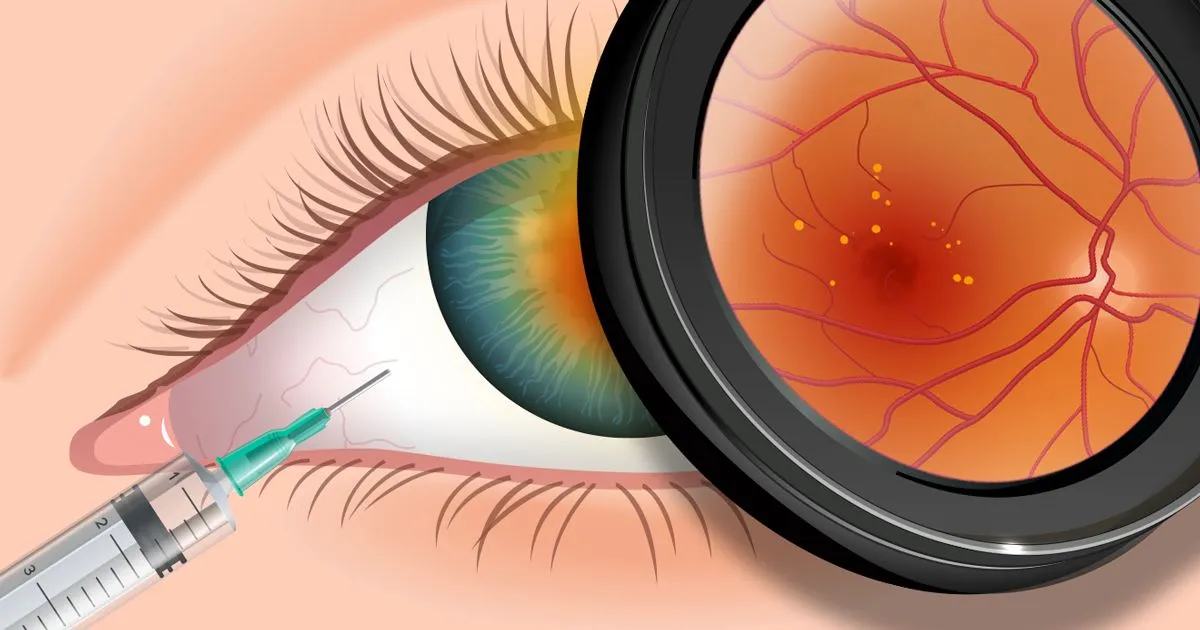Avastin (bevacizumab) is a prescription drug used to treat certain types of cancer, including colorectal, lung, brain, kidney, liver, cervical, and ovarian cancers. It’s a biologic drug, meaning it’s made from living cells. Avastin works by targeting specific proteins that help cancer cells grow, but it’s often used alongside chemotherapy. This means you might still experience side effects from chemotherapy, and Avastin itself can cause side effects, ranging from mild to serious.
How is Avastin Given?
Avastin is given as an intravenous (IV) infusion (an injection into a vein) once every 2 or 3 weeks. The active ingredient in Avastin is bevacizumab, which helps slow the growth of cancer cells.
Common Side Effects of Avastin
Some people may experience mild or serious side effects while taking Avastin. Common side effects include:
- Bleeding (like nosebleeds or serious bleeding*)
- Headache
- High blood pressure
- Dry skin
- Runny or stuffy nose
*For more details on serious bleeding, see the “Side Effects Explained” section below.
Mild Side Effects of Avastin
Mild side effects of Avastin may include:
- High blood pressure
- Minor bleeding (like nosebleeds or bleeding gums)
- Runny or stuffy nose
- Changes in taste
- Watery eyes
- Headache
- Dry skin
- Back pain
- Joint pain*
- Fatigue (lack of energy)
- Diarrhea
*For more on joint pain, see the “Side Effects Explained” section below.
Most mild side effects are temporary and can be managed. If they persist or bother you, talk to your doctor or pharmacist. Do not stop Avastin without your doctor’s advice.
Serious Side Effects of Avastin
Serious side effects of Avastin may include:
- Problems with wound healing
- Serious bleeding*
- Blood clots*
- Very high blood pressure
- Gastrointestinal perforation (a hole in the stomach or intestine)
- Fistula (an abnormal connection between organs, like the bowel and bladder)
- Protein in urine (a sign of kidney damage)
- Heart failure
- Severe rash*
- Infusion-related reaction*
- Allergic reaction*
- Posterior reversible encephalopathy syndrome (PRES) (brain swelling)
- Early menopause in females‡
*For more details, see the “Side Effects Explained” section below.
‡In this article, “female” refers to sex assigned at birth.
If you experience serious side effects, call your doctor immediately. For life-threatening symptoms, call 911 or go to the nearest emergency room.
FAQs About Avastin’s Side Effects
How long do Avastin side effects last?
Most mild side effects improve within a few days or weeks. Serious side effects, like heart failure or kidney problems, may last longer, even after stopping Avastin. Talk to your doctor if you have concerns.
How long does Avastin stay in your system?
Avastin can stay in your system for about 4 months after stopping treatment. However, this doesn’t always affect how long side effects last. Some side effects may ease sooner, while others may persist.
Can Avastin cause eye-related side effects?
Avastin is sometimes used off-label (not FDA-approved) to treat wet age-related macular degeneration (wet AMD). When injected into the eye, it may cause:
- Mild side effects: Blurry vision, eye redness, dryness, or discomfort.
- Serious side effects: Eye infections, detached retina, or cataracts.
Does Avastin cause injection site reactions?
No, Avastin doesn’t cause injection site reactions because it’s given as an IV infusion. However, it may cause infusion-related reactions, which can cause symptoms throughout the body.
Side Effects Explained
1. Infusion-Related Reactions
Some people may have a reaction during or after an Avastin infusion. Symptoms include:
- Sweating
- Shivering
- Chest pain
- Headache
- Wheezing
- High blood pressure
What to do: Tell your healthcare provider immediately if you experience these symptoms. They may slow or stop the infusion and provide treatment.
2. Joint Pain
Joint pain is a common side effect, especially when Avastin is used with chemotherapy. Symptoms include pain, swelling, or stiffness in the joints.
What to do: Gentle exercise, hot/cold packs, and over-the-counter pain relievers like acetaminophen (Tylenol) may help. Avoid NSAIDs (like ibuprofen) unless your doctor approves.
3. Rash
Avastin may cause mild rashes or a severe condition called exfoliative dermatitis, which involves skin peeling and discoloration.
What to do: For mild rashes, use moisturizers or mild steroid creams. For severe rashes, seek medical attention immediately.
4. Serious Bleeding
Avastin can cause minor bleeding (like nosebleeds) or serious bleeding in the stomach, lungs, or brain. Symptoms include:
- Coughing up blood
- Vomiting blood
- Black or tarry stools
- Severe headache
- Blurred vision
What to do: For minor bleeding, use gentle care (e.g., soft toothbrushes). For serious bleeding, call your doctor or 911 immediately.
5. Blood Clots
Avastin may increase the risk of blood clots, which can lead to heart attack, stroke, or pulmonary embolism. Symptoms include:
- Chest pain
- Shortness of breath
- Swelling or pain in the legs
What to do: Seek emergency medical help if you suspect a blood clot.
6. Allergic Reaction
While rare, Avastin can cause allergic reactions. Symptoms include:
- Rash
- Itching
- Swelling of the face, tongue, or throat
- Trouble breathing
What to do: For mild reactions, use antihistamines. For severe reactions, call 911 immediately.
Warnings for Avastin
Avastin may not be safe for everyone. Talk to your doctor if you:
- Have high blood pressure
- Have had a heart attack or stroke
- Are age 65 or older
- Are pregnant or breastfeeding (Avastin can harm a developing fetus and should not be used during pregnancy or breastfeeding)
- Have recently had surgery (Avastin can delay wound healing)
Key Takeaways
Avastin is an effective treatment for certain cancers, but it can cause side effects. Most are mild, but some can be serious. Talk to your doctor about your risk of side effects and how to manage them. If you experience severe symptoms, seek medical help immediately.

